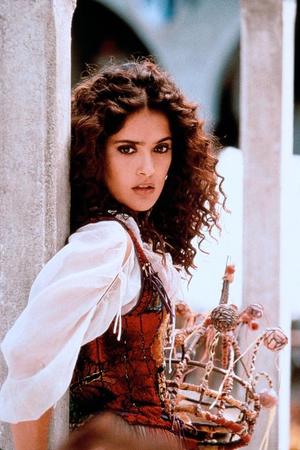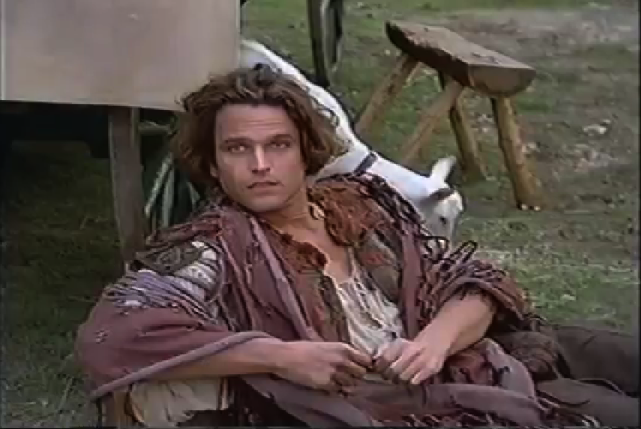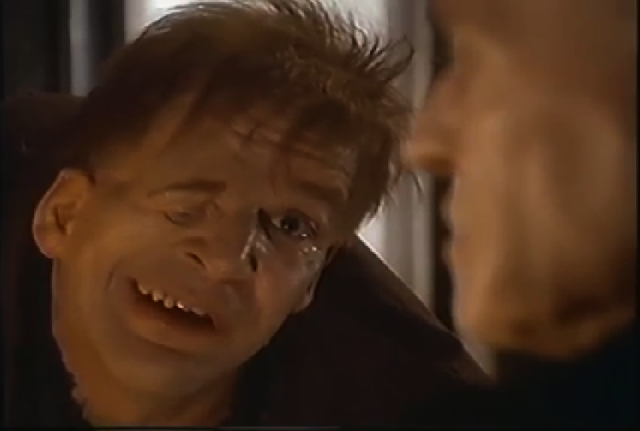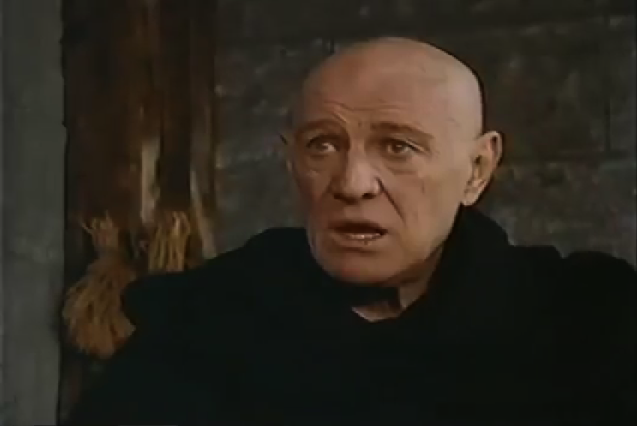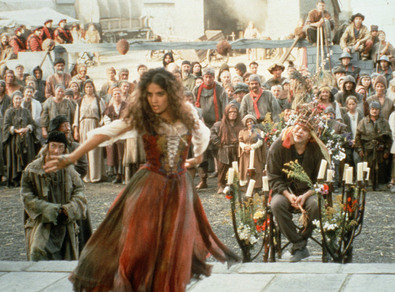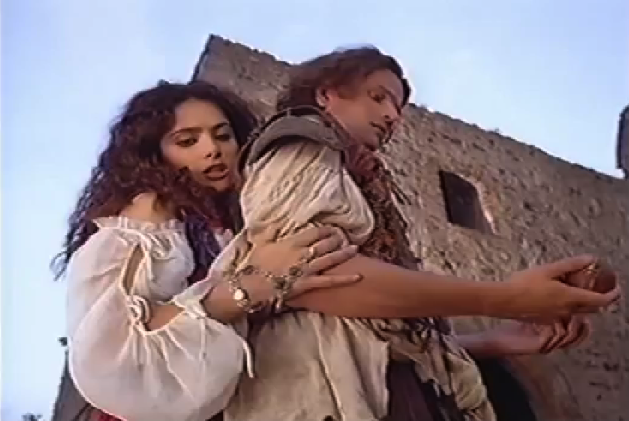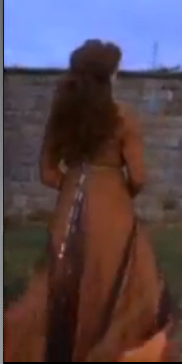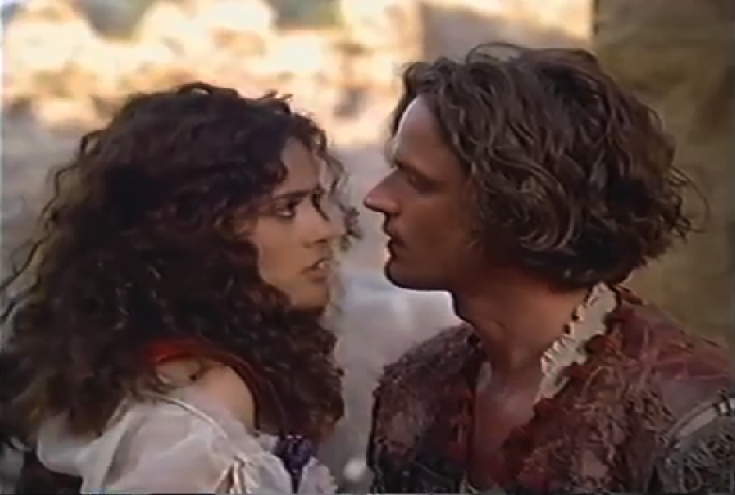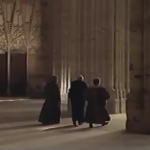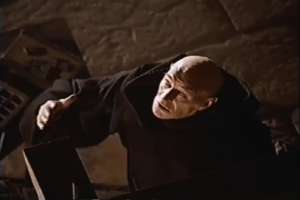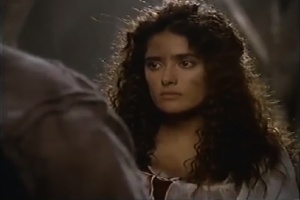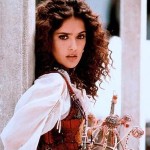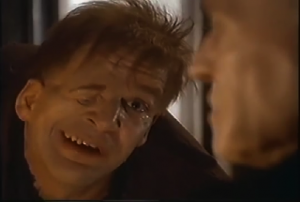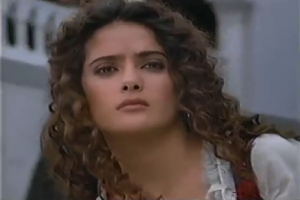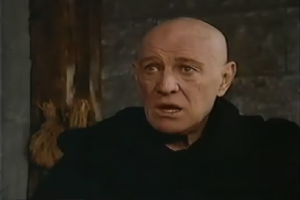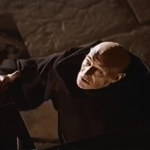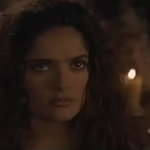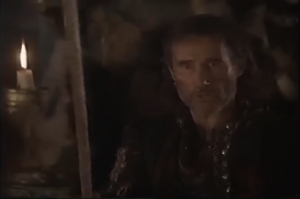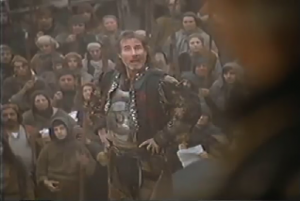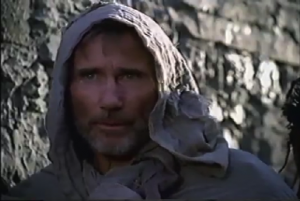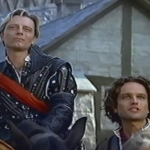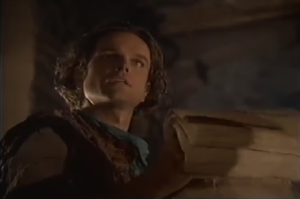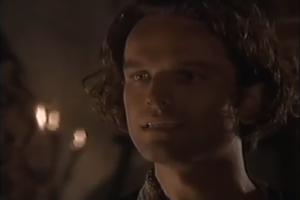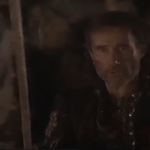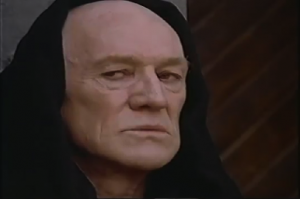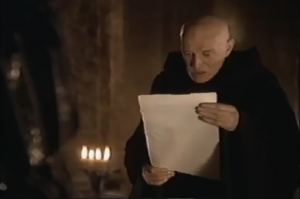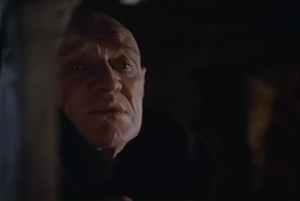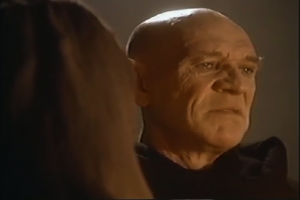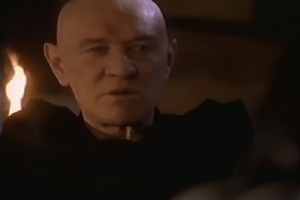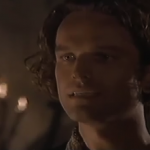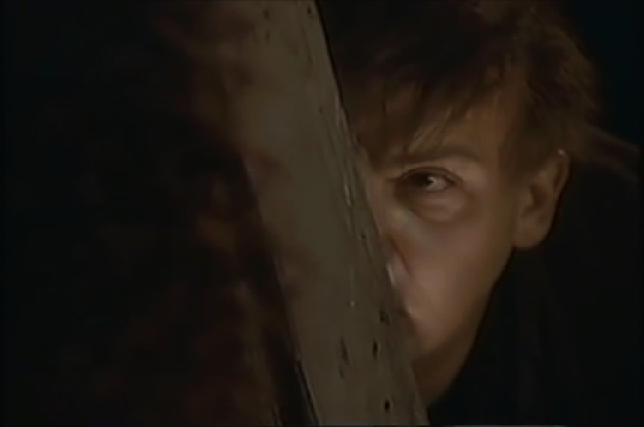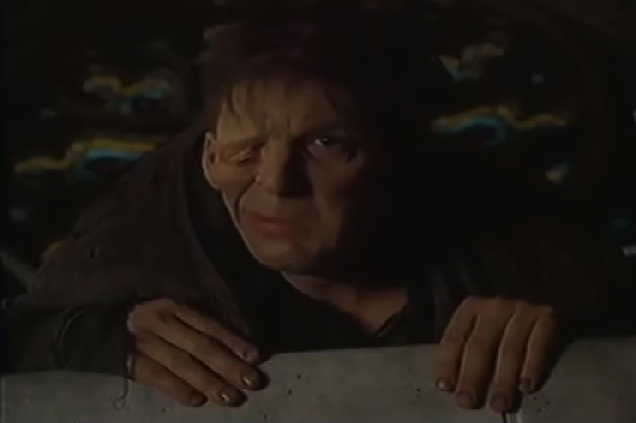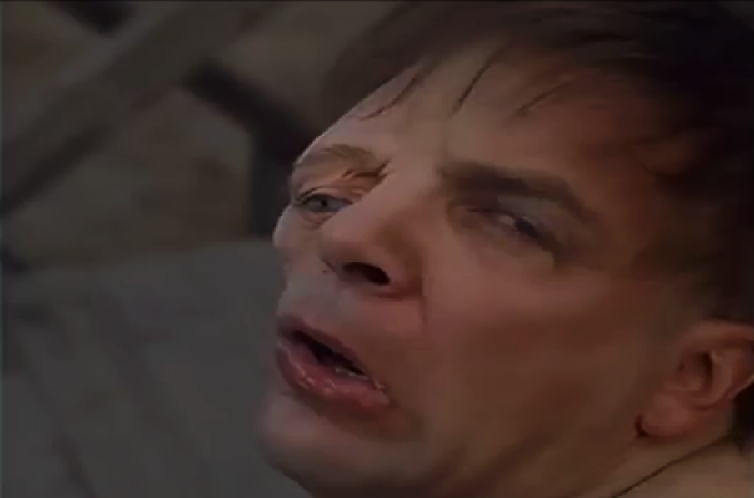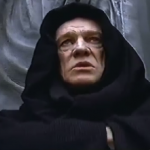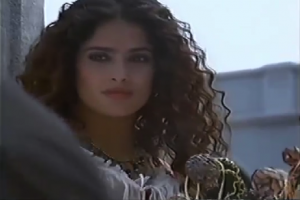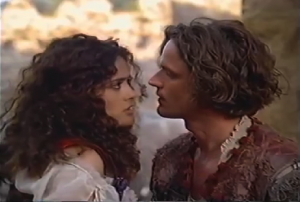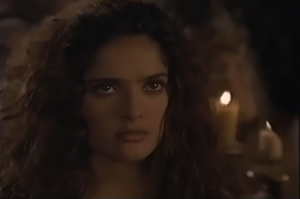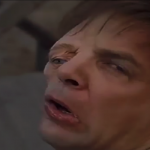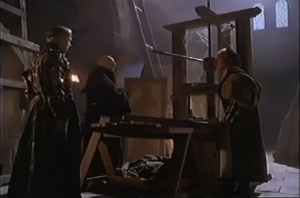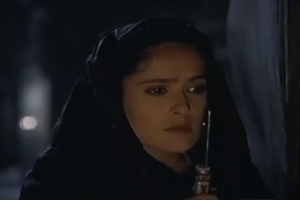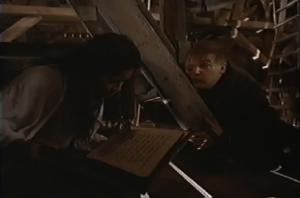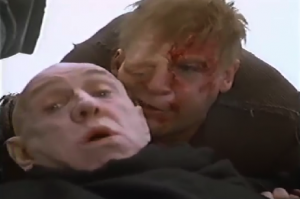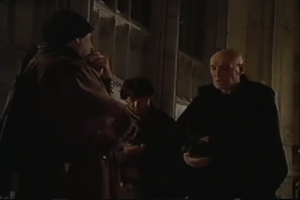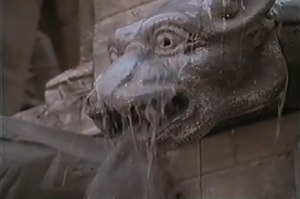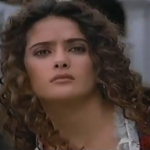The costumes in the 1997 version of the Hunchback were done by John Bloomfield. Bloomfield’s credits include Robin Hood: Prince of Thieves and Waterworld, two movies not known for their costumes. Of the two movies, Robin Hood is more similar in style and design to Hunchback’s costume and two costumes show this more than others.
Speaking in favor of costumes as a whole they do look old. So many times in film and TV, the costumes look new and pristine. For a film like Hunchback this should not be the case, the clothes should look old and worn. This is something that was seen in Robin Hood. But are the costumes good? Meh, they’re average. Nothing is wrong but nothing is really is amazing.
Let’s just get Quasimodo and Frollo out the way. Quasimodo’s look is pretty much stolen from 1939 version. It’s a good Quasimodo look compared to the 1956 version but the Chaney version set a standard for how Quasimodo should look and the 1939 version exceed it, so most versions try to match the 1939 version. This version did and didn’t add anything.
Frollo’s costume……..well…………it’s probably the most interesting costume in the whole adaptation. I don’t mean interesting as good thing though. Frollo’s look in the novel was meant to be severe and austere but this version’s Frollo amps it up. He wears a black cowl robe which is what he wears in the novel but the total baldness just makes him look silly. In my 1997 Frollo post I said he looks like Nosferatu from the 1922 movie and he does. It’s too austere of look to take it seriously.
Then we come to Esmeralda’s main costume. It’s a conventional medieval get-up. She wears a chemise with ties at the sleeves to reveal more arms, a corset and a skirt. The color is mostly shades of red tones however their is multiple colors mixed in the skirt and corset. The skirt itself looks like multiple scarfs that were fused to form a skirt. However the skirt is dyed in a vertical pattern and it seems to be a very light fabric. Though this costume is very inauthentic the different colors does help make it not as boring as it could have been.
Unfortunately, this costume is made a little silly by the slave bracelet and the shoes. The shoes are forgivable on a practical sense but Esmeralda should be barefoot and somehow I think this costume would have been better sans the footwear. The Slave bracelet however is just silly. Slave Bracelets are bracelets that attract to a ring by a chain. They are based on Indian jewelry. My guess is the idea of her wearing one was to help push her an exotic beauty but the addition of it looks cheap.
Esmeraldas’ costume and the one wore by the Phoebus-like guard are very reminiscent of Robin Hood costumes. Esmeralda’s costume with it scarf like skirt is similar to costume wore by Lady Marian. Once I learned that Bloomfeild did both movie my head link these two costumes together. Phoebus-like guard has the same heavy layered and studded armor that was used in Robin Hood and it’s black so you know he bad. However the loose layers in very similar in both films.
The costumes could have been boring but some decisions there were made either made them look good or silly. at best these costume are average to ok nothing more or less.
I just want to say, Robin Hood: Prince of Thieves is like a guilty pleasure of mine, I loved this movie as kid.
Next time; Sets

